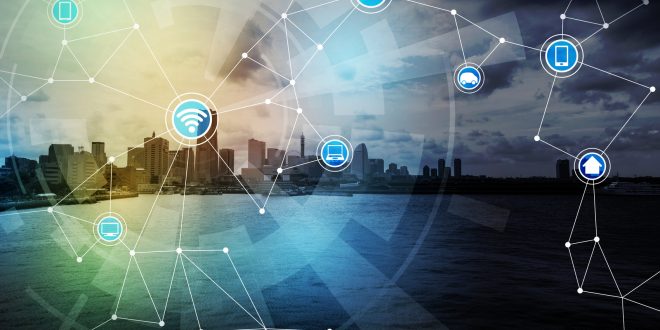Cities in this day and age seem to be filled with more and more violent crime. Certain cities might be at a higher risk than others, however, many are aiming to reduce crime rates through the implementation of technology.
Over 5 billion residents are expected to live in urban areas by 2030. Prior to the population getting that high, however, major cities need to be technologically enhanced. Metropolitan areas need to be made more functional and intelligent, and technology can be used to our advantage.
Other methods that have proven to be the most effective are the refinement of data gathering, improvement of community policing and outreach, and investment in technology that enhances metropolitan safety. The following focuses can increase safety through the implementation of technology.
Identifying Misconduct Prior to It Taking Place
When live footage is accessible to authorities, it can be easier to discover crime before it takes place. Technology to deter crime can be cloud-connected which makes it possible for license plates and faces to be recognized more easily, suspicious parties can be located, and crime systems can be mapped.
“Proper utilization of data-driven technology can aid in fatality reduction by 10%, reduce the rate of crime by 40%, and considerably decrease times for an emergency response,” explained David McKenzie, attorney, and founder at McKenzie Law Firm. Data that can be leveraged to give insight as to where crimes might occur in the future is extremely valuable.
Implement More Surveillance in Areas Notorious for Crime
Technological security is constructed on the notion that crime is predictable and non-random. It typically occurs among particular populations, spaces, and times. Machine learning progressions and computing power increases have allowed for sorting great amounts of information associated with misconduct or violence in order to extract associations or reasons for the crime.
OLED lights and surveillance cameras should be installed in areas with more crime. Kolkata, India, is under a continuous monitoring system to prevent instances of mugging, rape, robbery, and molestation on the streets.
Data Sharing Across Public Safety Networks
Information sharing can also be utilized to prioritize safety and productivity. Public safety divisions that defend citizens should have access to the same data that can spread situational awareness, as long as applicable privacy directives are abided by. Live data can be utilized by law enforcement to help counteract crime.
In Fresno, California, software called Beware stores household and individual profiles, which allows for an officer to look up whether or not the person has a record or violent past. Beware operates on public data available commercially, which is why police should also be able to keep cities safe with this data.
Major cities would benefit from implementing a variety of different technologies to increase safety. For a relatively low cost, emergency response procedures can be set up that can send alerts out via social media, SMS, or through a private app. All citizens deserve access to emergency updates that includes crime information.




